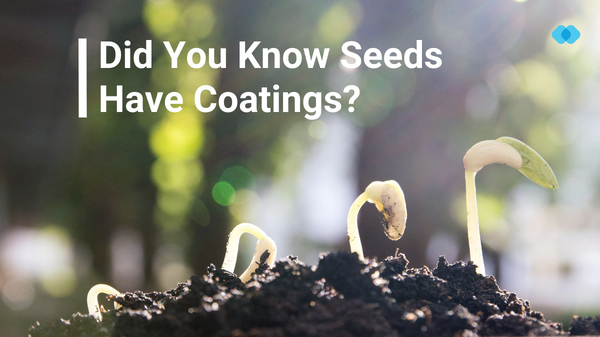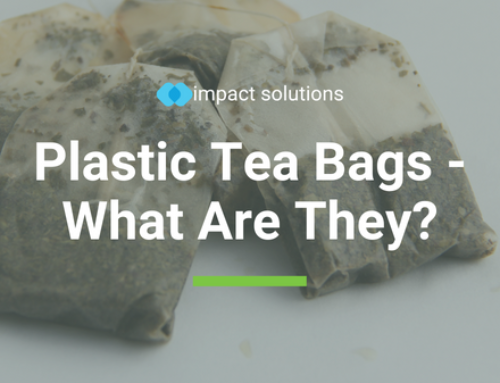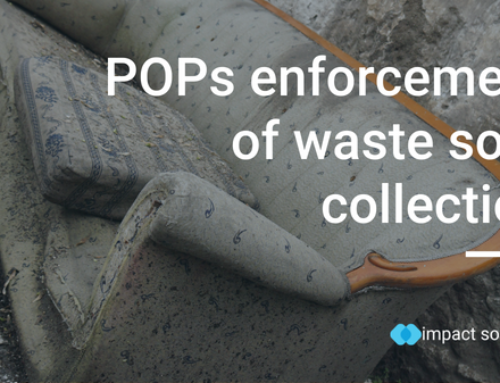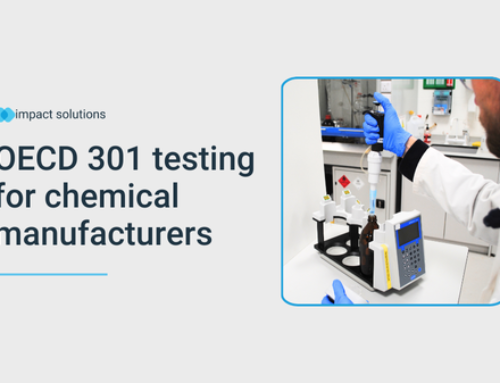Seed coatings can be made from a variety of materials, including polymers, minerals, and natural substances like chitosan, cellulose, or lignin. The choice of coating material depends on the specific desired outcome, such as improved germination, protection from pests or disease, or enhanced nutrient uptake.
Why are polymers used as seed coatings?
Seeds are sometimes coated in polymers to protect them from environmental stressors and to improve their chances of successful germination. The polymer coating can help to retain moisture around the seed, preventing it from drying out and improving the seed’s ability to absorb water.
The polymer coating can also protect the seed from any pests and diseases, by creating a physical barrier that makes it difficult for pathogens to penetrate and damage the seed. Additionally, some polymer coatings may contain fertilizers or other nutrients that can also enhance the early growth of plant.
Coating seeds in polymers can be especially useful in agriculture, where large numbers of seeds are sown in a field. The polymer coating can help to ensure that a high percentage of seeds successfully germinate, which can ultimately lead to greater crop yields.
What type of polymers are used in seed coatings?
There are various types of polymers that can be used to coat seeds, including:
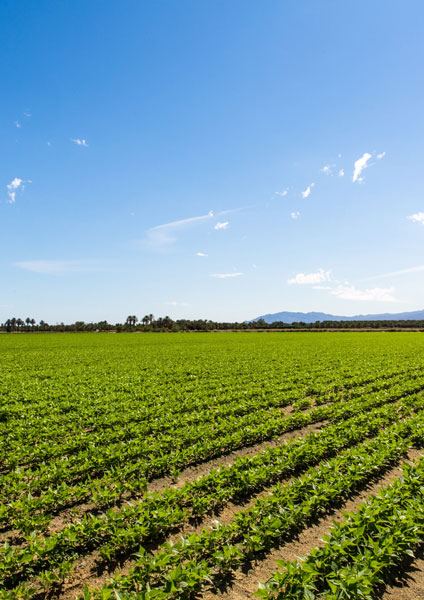
crops from seed
Hydrogels: These are water-absorbing polymers that can retain large amounts of water and release it slowly over time, providing the seed with a consistent source of moisture.
Cellulose derivatives: These are natural polymers that can be extracted from plants, and they are often used to create biodegradable coatings for seeds.
Polyacrylamide: This is a synthetic polymer that can absorb large amounts of water and is commonly used in soil amendments to improve water retention.
Polyethylene glycol: This is a water-soluble polymer that can be used to create a temporary coating on seeds to help protect them from desiccation.
Polyvinyl alcohol: This is a water-soluble polymer that can be used to create a protective film around the seed, preventing water loss and protecting against pathogens.
The specific type of polymer used to coat seeds will depend on the desired properties and intended use of the coated seeds.
Are polymer coatings biodegradable?
Some of the polymers used to coat seeds are biodegradable, while others are not. For example, hydrogels and cellulose derivatives are often biodegradable and can break down naturally over time in the soil. These types of coatings are considered to be more environmentally friendly because they do not persist in the environment and can even provide some nutrients to the growing plant as they decompose.
On the other hand, some synthetic polymers such as polyethylene glycol are not biodegradable and can persist in the environment for a long time. These coatings can potentially have negative impacts on the environment and may not be the best option for sustainable agriculture.
Ensuring your product is safe for the environment
It is important to consider the environmental impact of seed coatings when choosing which type of coating to use. Impact Solutions can support you to develop biodegradable seed coatings that are more environmentally friendly and sustainable. We also offer biodegradability testing within a soil environment following ISO 17556 to provide you with evidence and confidence that your product is safe for use in the environment.

